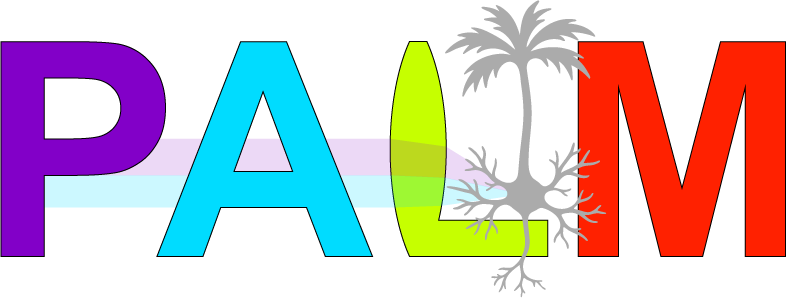The BIDC operates an Instrument Incubator model whereby microscope owners can locate shated instruments which the center maintains and administer for a nominal fee. Under this model the owners retain some autonomy over the instrument's fate, but are relieved of the burden of daily oversight, user training, and administration. This policy also provides a mechanism for others in the wider community to gain limited access for supervised pilot studies.
The goal of this policy and the related subscription is to simplify the sharing of NIH Shared Instrument Grants (S10), Academic Senate/RAP and the similarly funded instruments within the PH community. This is intended to make it simple for grantees to fulfill obligations to share instruments and for outside users to gain supervised access for small scale and proof of concept experiments. It is also meant ro maintain a core of qualified users and provide training and support without excess burden on the labs who put in the initiative to obtain the equipment. It also permits consolidated microscopy know-how (e.g. personnel) to be retained on campus and funded through a shared accounting for a selection of microscopes and users.
The important elements of this model are:
- Initially the 'Major Users Consortium' is 100% comprised of labs or departments that acquired the equipment.
- The Major Users Consortium jointly funds the upkeep of the instrument via a shared-costs mechanism, which provides them access to the facility, instrument support, and training for new users. At the end of each year, mainenance costs will be allocated based on the previous year's usages. BIDC does not provide money for service and will collect actual service costs retrospectively at the end of each year.
- To be located in the BIDC, and instrument must be available at least 10% of the time (after year 1 which is considered 'setup') for shared or new subscribers. These subscribers will be trained under the supervisions of the BIDC personnel and be allowed to conduct small scale and proof of concept experiments.
- Should the need arise, other users may apply to become part of the 'Major Users Consortium'. Requests to join the 'Major Users Consortium' and related costs would be negotiated on a case by case basis with the instrument owners.
- BIDC does not provide or collect money for replacement or updating of equipment. It is the role of the 'Major Users Consortium' to provide this funding as a separate entity and based on individual needs. Equally, the BIDC is not directly the owner of instrumentation.
- The initial grantee of the instrument and/or those providing significant upgrades retain full rights over the instrument, and allocation of shares, and hours provided there is adequate fulfillment of the 10% free-access rule.
Shared-Costs Mechanism:
- A service contract (if applicable) or a best estimate of the cost of minor yearly repairs.
- A nominal instrument 'location' cost which includes an assessment for the BIDC commitment, plus personnel oversight requirement.
- A shared software and software-upgrade cost based on assessment of the needs of the instrument-user community.
